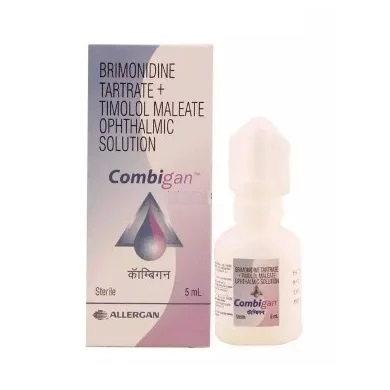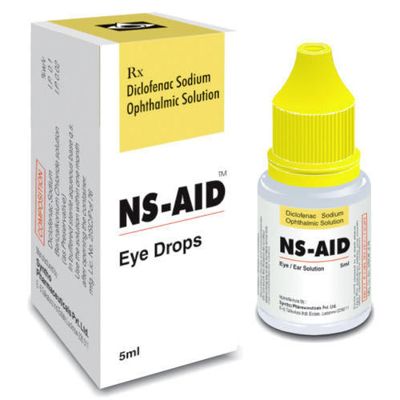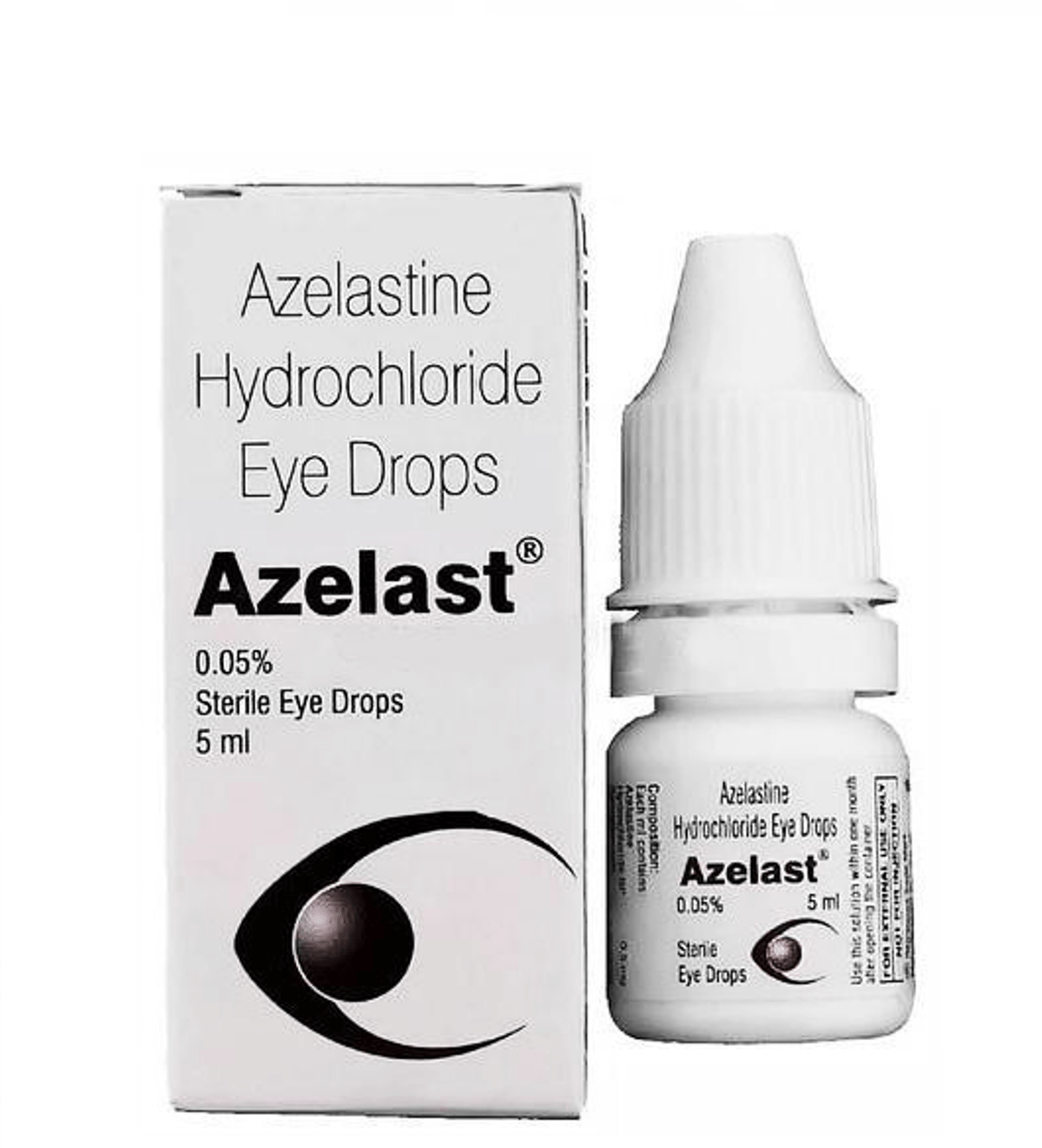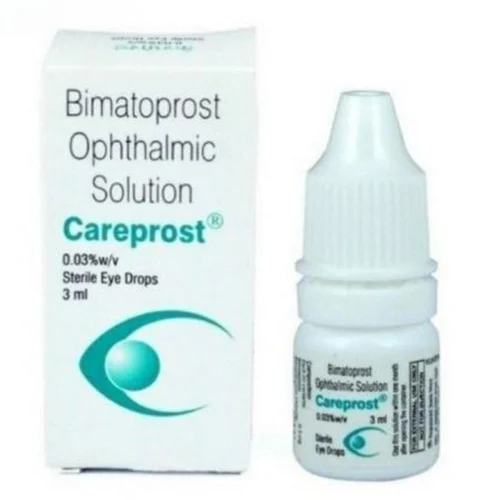Combigan eye drops(Brimonidine/timolol)
Combigan eye drops are a medicine that can be taken only with a prescription. The eye drops are used to treat the added pressure built in the eyes (ocular hypertension) & glaucoma. It reduces the fluid pressure present in the eye which decreases the elevated eye pressure. The eye drops should be used as per the recommendation of the doctor.
The doctor will also tell you the duration for which the eye drops should be used. Clean your hands before using eye drops. Read the label carefully to know about directions for correct usage. Ensure that the doses are not skipped and complete the entire course even if you think you are feeling better in the middle of the course.
What are Combigan eye drops?
Combigan Eye Drop is a prescription medication commonly used to treat conditions such as glaucoma and ocular hypertension. This medication is a combination of two active ingredients, brimonidine and timolol, which work to lower intraocular pressure (IOP) in the eyes. By reducing IOP, Combigan helps prevent damage to the optic nerve and manage these eye conditions.
It's typically administered as one drop in the affected eye(s) twice daily, with an appropriate interval between doses. To ensure its correct and safe use, consult a healthcare provider for guidance on dosage and any potential side effects.
Combigan eye Drops Uses
Combigan Eye Drops are primarily used to lower intraocular pressure (IOP) in the eyes. This makes it a valuable medication for managing eye conditions like glaucoma and ocular hypertension. Elevated IOP can lead to optic nerve damage, potentially causing vision loss.
The combination of brimonidine and timolol in Combigan eye drop reduces IOP by decreasing the production of aqueous humor in the eye and increasing its outflow.
Combigan Eye drops Generic Name
Combigan Eye Drops generic is "brimonidine/timolol," as it contains a combination of these two active ingredients to lower intraocular pressure in the eyes.
How should I take Combigan eye drops(Brimonidine/timolol)?
- Wash Hands: Before applying the eye drops, wash your hands thoroughly to avoid contamination.
- Tilt-Head Back: Tilt your head back slightly and look up.
- Pull Down Lower Eyelid: Gently pull down your lower eyelid to create a small pocket.
- Administer Eye Drops: Hold the dropper directly over the eye and squeeze one drop into the pocket. Avoid touching the dropper tip to the eye.
- Close Eyes: Close your eyes gently and press your finger against the corner of your eye (near the nose) for about one minute. This prevents the medication from draining into the tear duct and increases its effectiveness.
- Wait Between Drops: If your doctor has prescribed more than one drop, wait at least five minutes before administering the next one.
Combigan eye drops dosage
The typical dosage for Combigan Eye Drops involves applying one drop in the affected eye(s) twice daily, with an appropriate interval between doses. The exact dosage and usage instructions should be determined by a healthcare provider based on individual needs and the specific eye condition being treated.
What happens if I miss a dose?
- Timing: As soon as you recall, take the missed dose.
- Skip if Near Next Dose: Skip the missed dose and carry on with your regular dosing plan if your next dose is almost due.
- Avoid Double Dosing: Do not take a double dose to make up for the missed one.
What happens if I overdose?
- Seek Medical Help: Immediately contact emergency medical services or go to the nearest hospital.
- Watch for Symptoms: Overdosing on Combigan may lead to symptoms such as dizziness, fainting, difficulty breathing, or severe eye irritation.
What should I avoid if I use Combigan eye drops?
- Driving: Combigan eye drops can cause dizziness or blurred vision. Until you understand how this drug affects you, avoid using machinery or driving.
- Alcohol: Avoid consuming alcohol while using Combigan, as it may worsen certain side effects.
- Contact Lenses: Remove contact lenses before administering Combigan eye drops. After 15 minutes, they can be reinserted.
Combigan eye drops side effects
- Eye redness
- Stinging or burning sensation in the eye
- Blurred vision
- Dry eyes
- Itchy eyes
- Chest pain
- Irregular heartbeat
- Swelling of the eyes, face, or throat
- Severe eye pain
Warnings
- Allergies: If you have allergies to brimonidine, timolol, or any other ingredients in Combigan, consult your doctor before using it.
- Medical Conditions: Inform your doctor about any existing medical conditions, especially heart, lung, liver, or kidney problems, as Combigan may not be suitable in certain cases.
- Pregnancy and Breastfeeding: Combigan's safety during pregnancy and breastfeeding has not been established. If you are expecting or breastfeeding, talk to your doctor.
Drugs Interactions
Frequently asked questions
Does the Combigan eye drop cause a disturbance in vision?
Using Combigan eye drops may cause disturbed vision or blurred vision. Hence, do not operate heavy machinery or drive until the blurred vision goes off completely.
Can I wear contact lenses while applying Combigan eye drops?
This eye drop comprises benzalkonium chloride. This element can cause discoloration in contact lenses. So, do not wear them while applying this eye drop. While applying remove the contact lenses and wear them back only after 15 minutes of applying this eye drop.
I and suffering from a blood pressure problem. Can I use Combigan eye drops(brimonidine and timolol)?
Discuss with your healthcare provider before you apply this eye drop if you are suffering from high blood pressure. You need to check your blood pressure levels regularly while you are using this eye drop to avoid any hassles.
I am having diabetes can I use Combigan eye drops?
How much does combigan cost?
The cost of Combigan Eye Drops can vary depending on location, dosage, and specific prescription coverage. It is advisable to consult local pharmacies for current pricing.Where can I buy combigan eye drops online?
Conclusion
Your review is submitted successfully. It will be live after approval, and it takes up to 24 hrs.







